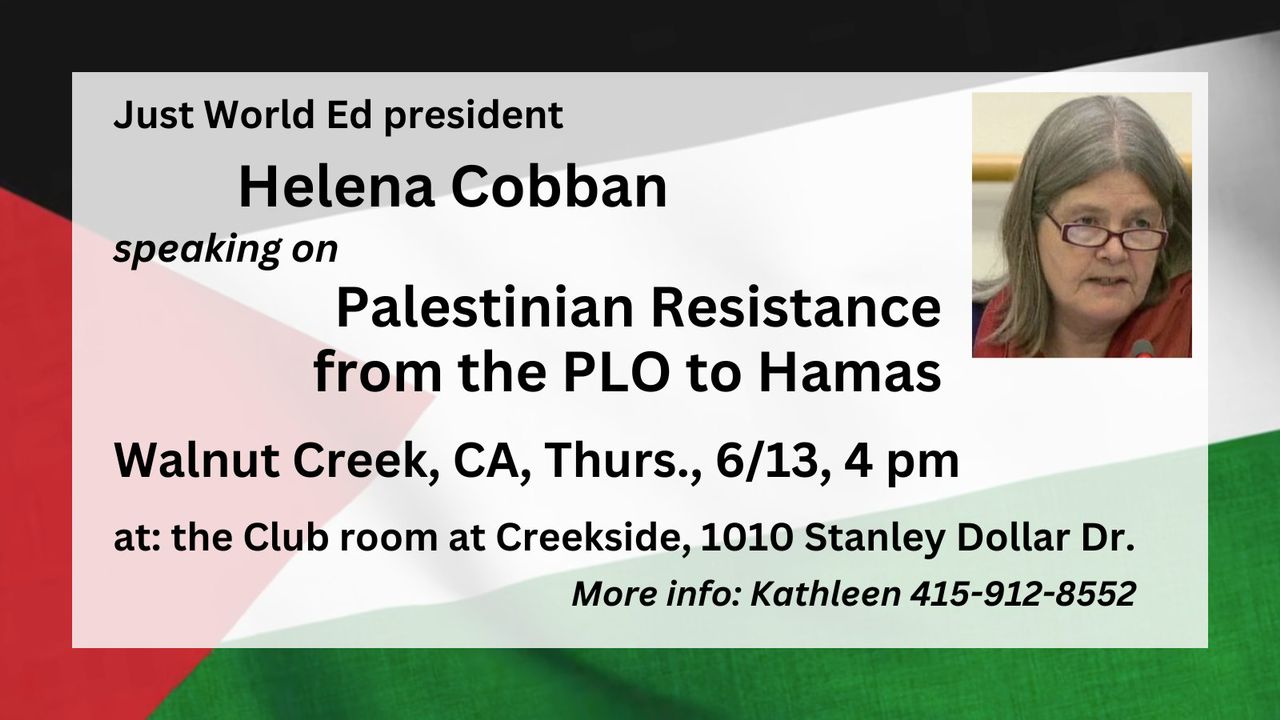Palestinian Resistance from the PLO to Hamas
The evolution of Palestinian resistance has been marked by significant shifts in strategies, leadership, and ideologies. The Palestinian Liberation Organization (PLO) and Hamas have been the primary groups representing different ... Read More The post Palestinian Resistance from the PLO to Hamas appeared first on Just World Educational.

The evolution of Palestinian resistance has been marked by significant shifts in strategies, leadership, and ideologies. The Palestinian Liberation Organization (PLO) and Hamas have been the primary groups representing different phases and forms of resistance.
The PLO was founded in 1964 by the Arab League as an umbrella organization for various Palestinian groups. Yasser Arafat’s Fatah movement, part of the PLO, spearheaded the guerrilla resistance and had strong roots in Gaza and Palestinian diaspora communities in the Gulf states. The PLO gained prominence after the 1967 Six-Day War, which was a significant defeat for Arab states and a catalyst for more organized Palestinian resistance. The PLO was expelled from Jordan during Black September (1970-71) and subsequently operated from Lebanon until the Israeli invasion in 1982, which led to their expulsion. Post-1982, with the PLO’s expulsion from Lebanon, resistance efforts shifted from diaspora-based activities to localized efforts within the West Bank and Gaza. The First Intifada (1987) marked a significant grassroots uprising against Israeli occupation, involving widespread civil disobedience and demonstrations.
Hamas emerged from the Palestinian Muslim Brotherhood in late 1987 during the First Intifada. It was established to provide a more religious and militant alternative to the secular PLO. In 1988, Hamas issued its first charter, which had positioned Hamas against the Oslo Accords and the recognition of Israel. The PLO, under Arafat, signed the Oslo Accords in 1993, agreeing to a framework for future Palestinian statehood and mutual recognition with Israel. However, Hamas rejected Oslo, opposing the recognition of Israel and advocating for continued resistance.
The failure of the Oslo process and continued Israeli settlement expansion led to the Second Intifada (2000), characterized by increased resitance and the participation of both Hamas and disillusioned factions of Fatah. In 2005, Israel unilaterally withdrew from Gaza, leading to Hamas gaining control in 2007 after winning the 2006 legislative elections.
To sum up, the Palestinian resistance has evolved from the secular, guerrilla-based strategies of the PLO to the more religiously motivated and militant approach of Hamas. Each phase reflects changing political landscapes, leadership dynamics, and international influences. Understanding this evolution is crucial for comprehending the current state of the Israeli-Palestinian conflict and the challenges to achieving lasting peace.
If you’re eager to deepen your understanding of Palestinian resistance from the PLO to Hamas, we highly recommend listening to the recorded seminar delivered by JWE President Helena Cobban. Available on the JWE YouTube channel, this insightful presentation delves into the historical and ideological evolution of Palestinian resistance, offering nuanced perspectives on key events and figures. For those who prefer reading, a detailed transcript is available on the JWE website. Additionally, an audio-only version is accessible for convenient listening on the go. Don’t miss this opportunity to gain a comprehensive understanding of this pivotal aspect of Middle Eastern history.
The post Palestinian Resistance from the PLO to Hamas appeared first on Just World Educational.















